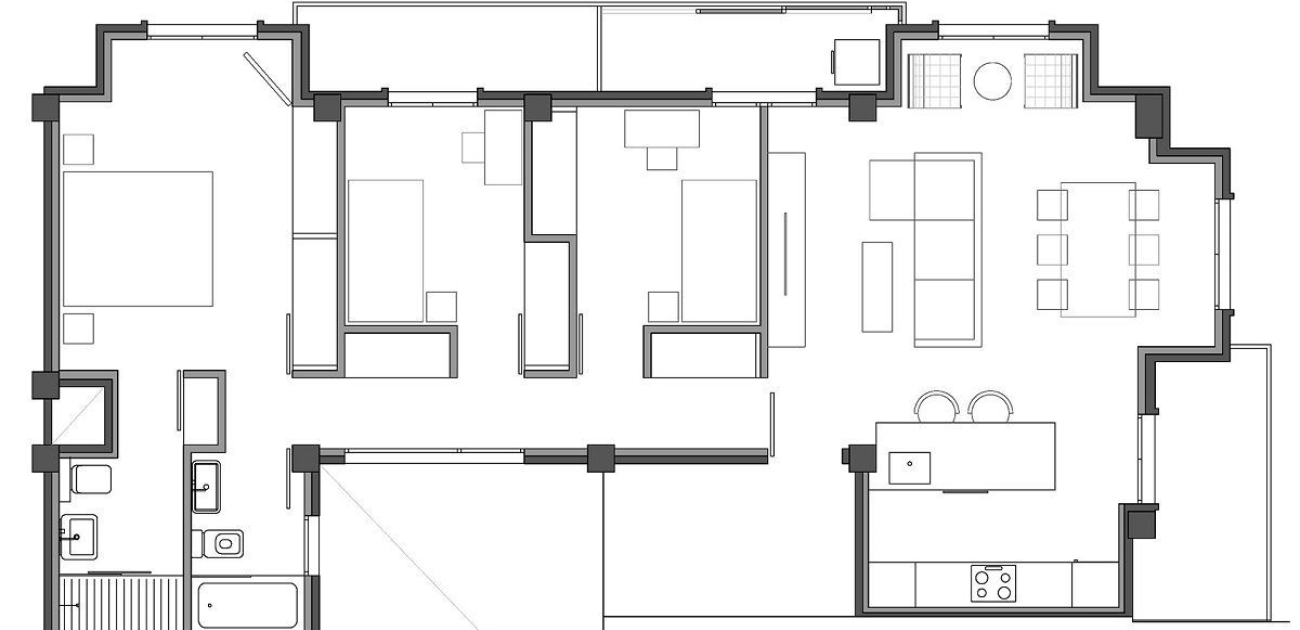The dissafection and sale of the porter's lodge in buildings divided into horizontal property
The evolution of the urban way of life of our cities and the appearance of technological innovations such as electronic doormen, video door phones, etc. they have led many Homeowners' Associations to consider the possibility of selling homes initially intended to be the residence of the building's doorman to financially clean up their accounts and be able to cover extraordinary expenses such as those derived from the Technical Building Inspection (ITE) or similar caused by the dilapidation of buildings built many years ago.
To be able to sell such houses in Catalonia in buildings that are in Horizontal Property regime, the first thing that must be done is to "disafect" such entity of its status as "common element" of the Community of Owners, or whose effect the art. 553-26 c) of the Civil Code of Catalonia, establishes that the vote of 4/5 parties of the owners with voting rights who represent 4/5 parts of the participation quotas will suffice. That is to say that, in Catalonia, unlike the rest of the State, for the disaffection of a common element, unanimity is not required, but a majority of 4/5 parties.
Since the disengagement of the doorman's dwelling necessarily involves a new distribution of quotas or coefficients in the Community because the new element must be assigned a quota, unfailingly the remaining floors and elements of the community will be proportionally reduced their respective quota, all time that the sum of quotas in a building in horizontal property must always be one hundred.
The problem lies, though, according to art. 553.26.1 a) of the Civil Code of Catalonia to modify such quotas requires the unanimity of all the owners, which implies a contradiction with the 4/5 parts regime foreseen for the disaffection of common elements since an element can not be discarded without modifying the quotas.
The most coherent interpretation would be to consider that if the modification of quotas derives from a disaffiliation, in that case the agreement to modify the quotas can also be adopted by a 4/5 majority and not unanimously, but this is not a peaceful matter.
The adoption regime of the agreement would be the one established in article 553.26 itself, so that the optimal and correct convocation of the Meeting will be carried out, with a clear statement of the agenda, with individual notification to the owners, expressing those who are not voting and after celebration must be reliably notified to those absent who will have a period of one month from the notification to oppose the minimum and if they do not do so it is considered that their vote is affirmative to the adopted agreement.
Once the agreement has been adopted, the Secretary of the Community will issue a certificate, with the approval of the president, stating that the aforementioned Agreement is transcribed in the Minutes Book, and the notarial assertion that the subscriber of the certification is required is in the exercise of his office.
After the adoption of the Allocation Agreement, with readjustment of quotas, the old common element becomes the exclusive property of each of the owners in a proindiviso regime in proportion to the coefficient they held in the Community and in reality these owners are considered individually proceed to sell the new item to interested third parties.
However, it is not necessary the notarial appearance of all of them at the time of the sale or the granting of a power by one of them, but it will be the president of the Community, with the certification of the agreement will grant the deed of sale, for which it is imperative that the previous Community Agreement empowers you to grant such a deed.
It is noteworthy, because of its importance and effects, the need that, if any of the floors and entities is mortgaged, the mortgagee consents to the sale and sale, otherwise the previous mortgages of the flats and premises they would end up taxing the new element resulting from the disafection for the totality of the guaranteed debt.
As regards the taxation of the sale and subsequent sale, it can be said that the reversal and conversion of the common element into a private one will be subject to the gradual quota of Documented Legal Acts, in the form of "notarial documents" without the mere disafection produce equity increase.
However, the subsequent sale will generate both the Tax on the Increase in the value of land of an Urban nature (municipal capital gain) and the subsequent impact on the Personal Income Tax (if the community members are natural persons) or Corporation Tax (if the joint owners are companies) of each of the co-owners-sellers according to the difference between the purchase price and its subsequent transmission to third parties.
For its part, the buyer must pay the corresponding Capital Transfer Tax Onerous (TPO) on the amount corresponding to the purchase price.
**Translated by Google Translate**
Do you want more information?
 Eduardo García
Eduardo GarcíaAdvice to commercial distribution companies in their territorial expansion accompanying them throughout the implementation process.

